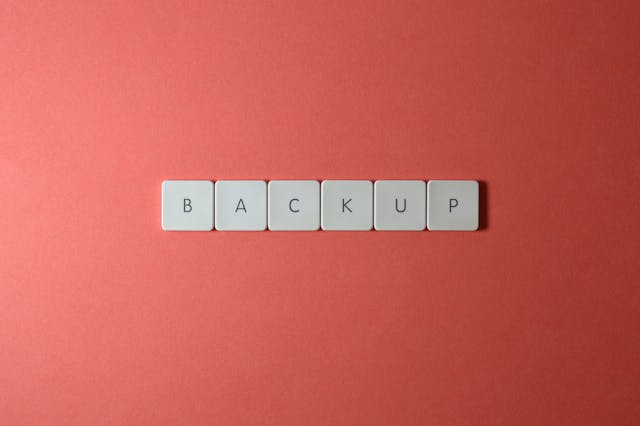Keeping your important files safe is crucial in today’s digital world. Whether you’re working on business documents, school assignments, or personal projects, regularly backing up your files ensures they’re never lost due to accidental deletion, hard drive failure, or a system crash. One of the best ways to do this is by learning how to automatically back up files to Google Drive on Windows.
This step-by-step guide will walk you through setting up automatic backups using Google’s free Drive for Desktop app, so your files sync seamlessly and stay secure in the cloud.

Why Use Google Drive for Automatic Backups?
Google Drive is one of the most reliable and widely used cloud storage services available. It offers:
-
15 GB of free storage shared across Google Drive, Gmail, and Google Photos.
-
Cross-device access, allowing you to open your files on any computer or phone.
-
Easy file sharing and collaboration with others.
-
File version history, so you can restore older versions if needed.
With these features and simple setup, Google Drive is perfect for backing up files automatically.
Step 1: Download and Install Google Drive for Desktop
To set up automatic backups on Windows, you’ll need the Google Drive for Desktop application (formerly Backup and Sync).
-
Go to the official Google Drive for Desktop download page.
-
Click Download Drive for desktop.
-
Once the installer is downloaded, open it and follow the on-screen instructions to install.
-
After installation, sign in with your Google account.
Step 2: Choose Folders to Back Up Automatically
Once you’ve signed in, you can begin selecting folders for backup.
-
Open the Google Drive for Desktop app from your taskbar (bottom right corner).
-
Click the gear icon and select Preferences.
-
Under the My Computer tab, click Add Folder.
-
Choose the folder(s) you want to back up—such as Documents, Desktop, Pictures, or a custom folder.
-
You can choose whether to back up photos and videos in original or high-quality format (for Google Photos integration).
Make sure the box labeled Sync with Google Drive is checked so the files upload to the cloud automatically.
Step 3: Adjust Sync Settings for Google Drive
By default, Google Drive for Desktop can also sync your Google Drive cloud files back to your PC.
-
Go to the Google Drive tab in Preferences.
-
Choose whether you want to stream files (saves space on your computer) or mirror files (keeps copies on both your PC and Google Drive).
-
Select your sync folder location on your PC.
If your goal is just to back up files and not to sync Google Drive content to your PC, you can skip this part.
Step 4: Verify Your Backups in Google Drive
After setup, any changes made in the folders you selected (new files, edits, or deletions) will automatically sync to your Google Drive account.
To verify your backups:
-
Go to drive.google.com.
-
Click on Computers in the left-hand menu.
-
You’ll see your Windows PC listed with the folders you chose to back up.
-
Browse the files to ensure everything is syncing correctly.
Tips for Managing Google Drive Backups
Here are a few extra tips to help manage your automatic backups:
-
Organize your folders before syncing to avoid clutter in the cloud.
-
Use file version history (right-click > Manage versions) to restore earlier file versions if needed.
-
Set a backup schedule by adjusting folder contents regularly and checking sync status.
-
Use Google One to upgrade your storage if you exceed the 15 GB free limit.
Alternative Backup Options
If you want even more control over your backups, you can use third-party backup software that supports Google Drive, such as:
-
SyncBackFree
-
EaseUS Todo Backup
-
GoodSync
These tools offer advanced scheduling, backup versioning, and even encryption for more secure backups. However, for most users, Google Drive for Desktop is more than enough.
Conclusion
Automatically backing up files to Google Drive on Windows is a smart and simple way to protect your important data. With just a few setup steps, you can ensure that your files are continuously synced and safely stored in the cloud. Whether you’re a student, remote worker, or everyday PC user, setting up Google Drive for automatic backups gives you peace of mind and convenient access to your files anytime, anywhere.